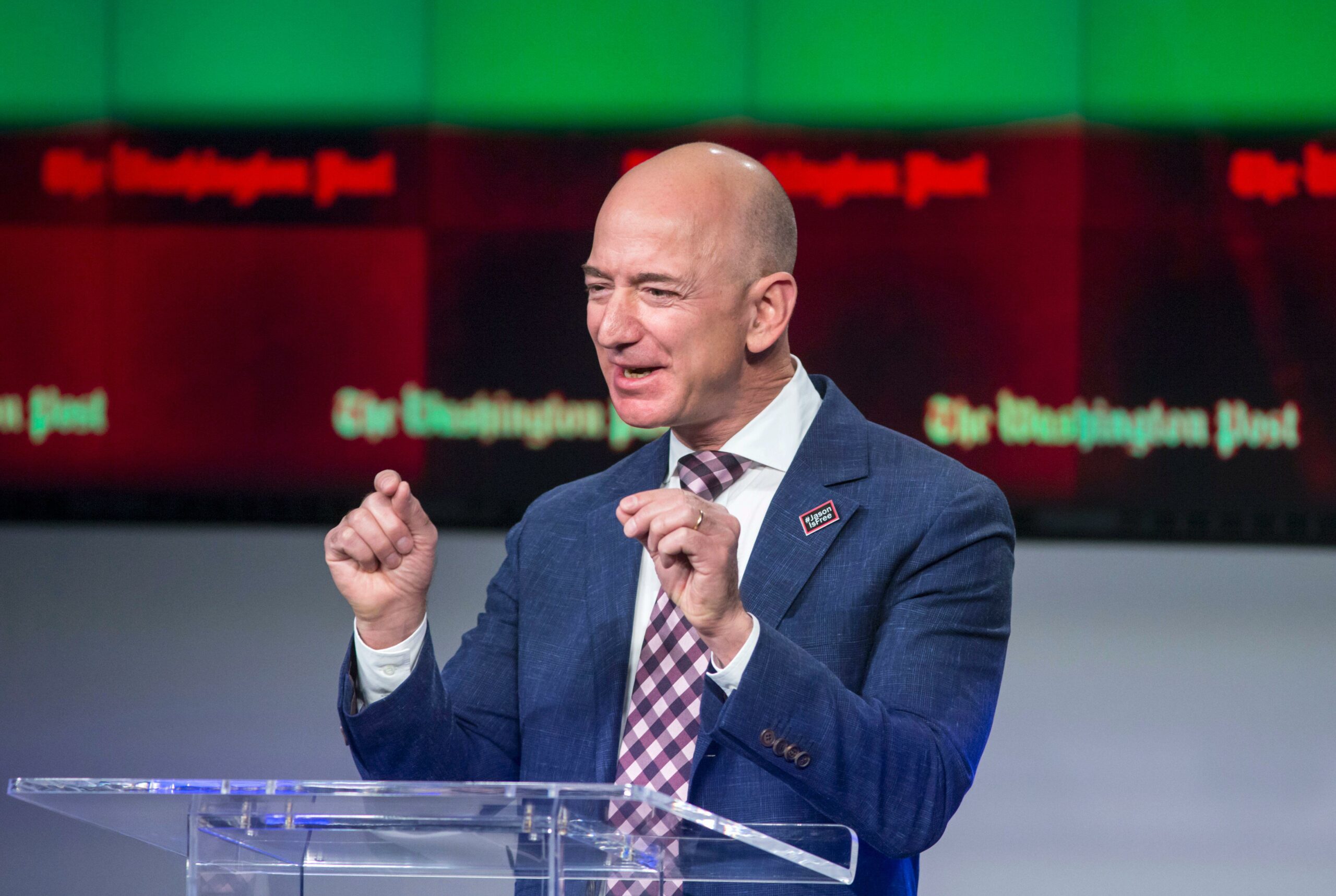
“Potential Impact of Jeff Bezos on The Met’s Costume Institute”

**The Met’s Upcoming Exhibition Raises Questions About Corporate Influence in the Arts**
The Metropolitan Museum of Art has announced its spring 2026 Costume Institute exhibition, “Costume Art,” which aims to explore the relationship between clothing and the body. This ambitious exhibit plans to showcase 200 artworks alongside 200 garments and accessories from the museum’s diverse collections. Despite its thematic potential, the exhibition’s announcement has sparked conversations about the influence of corporate sponsorship on art institutions.
The exhibition’s primary supporters include prominent figures like Jeff Bezos and Lauren Sánchez Bezos, with additional backing from Saint Laurent and Condé Nast. Such affiliations have raised eyebrows, particularly given recent associations between Sánchez and publications like Vogue. The unveiling of this exhibition is set to coincide with the opening of the 12,000-square-foot Condé M. Nast galleries, further intertwining the arts with high-profile corporate entities.
Critics argue that while sponsorship is crucial for large-scale exhibitions, it often comes with significant compromises. Many anticipate that this relationship might restrict the scope of critical inquiry within the exhibit, potentially omitting complex discussions around issues like global supply chains, environmental impacts, and labor ethics. These concerns mirror incidents in other cultural sectors, such as the controversial changes at Vogue following editor Anna Wintour’s departure.
The Met’s ability to produce compelling exhibitions is undisputed, as demonstrated by past successes like “Superfine: Tailoring Black Style.” However, the increased presence of corporate influence, particularly from controversial figures, casts a long shadow over the possibility of unbridled creativity. Many art professionals involved in these projects share a commitment to artistic integrity, but the financial dependencies can pose significant challenges.
As the arts community grapples with these dynamics, there’s a pressing need for ongoing dialogue about the balance between financial viability and artistic freedom. This conversation is more critical than ever in a landscape where art often intersects with commerce. While the upcoming exhibition may be visually stunning and crowd-pleasing, observers are encouraged to critically engage with both the visible and invisible forces shaping its narrative.
In the meanwhile, publications like Hyperallergic highlight the value of independent journalism in preserving the integrity of cultural reporting. By supporting these voices, art enthusiasts can help sustain diverse perspectives and ensure that the reflective and critical dimensions of art continue to thrive amidst commercial pressures.